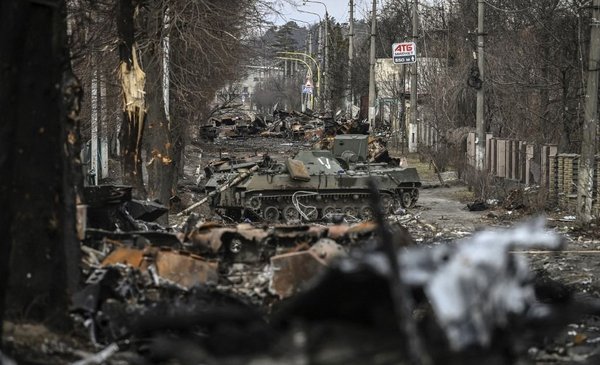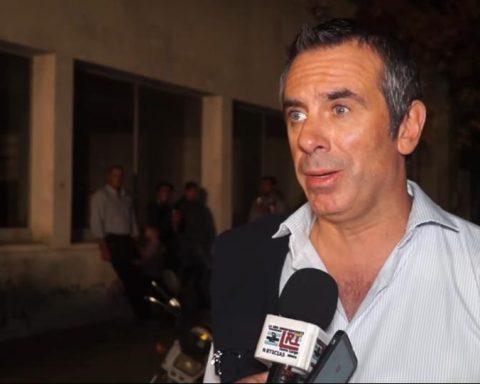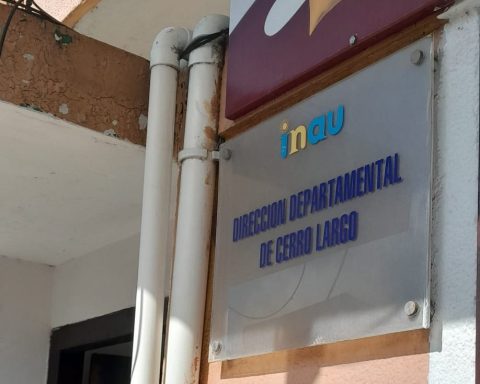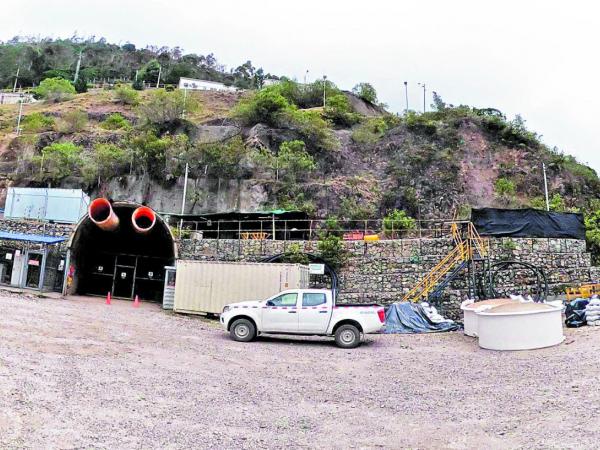This is the second time in a period of just two years that we have faced a complex crisis and one that has been extremely difficult to foresee. First it was the pandemic, from which we were gradually recovering, and then the Russian invasion of Ukraine.
Anticipating the future is very complicated; however, as the English proverb says (“wish for the best, but prepare for the worst”), preparing for the future is the duty of any good manager.
In the banking business, it could not be otherwise and, partly due to regulatory requirements, the sector is a clear example of permanent preparation for adverse scenarios. Banks manage risks and are used to contingency plans, stress tests (“what if…?”), identifying emerging risks, etc. In short, making sure they have the capital, liquidity, infrastructure, processes and resilience to face more complex scenarios than the most likely scenario. Therefore, it is not surprising that it has been one of the sectors with the greatest capacity to react and execute, at the beginning and during the pandemic.
Despite a difficult 2020, banking showed very positive signs in 2021 with the economic recovery and return to pre-pandemic profitability levels, with comfortable liquidity and solvency ratios and with asset quality that evolved much better than anticipated . All this, considering the serious health crisis and the temporary closure of activity experienced by many businesses. Before the outbreak of the conflict, the prospects were quite encouraging, bearing in mind that the recovery was entrenched and, finally, the long-awaited rise in interest rates was in sight.
But came the war, which generated a determined and unprecedented response from the West, launching a series of sanctions against Russia, including the freezing of reserves of the Russian Central Bank. Banking —intermediating financial transactions of all kinds, guarding assets, keeping deposits, and offering loans— plays a key role in the implementation of these measures.
Olga Gouveia, BBVA Research.
But how exposed is it to conflict? Direct exposure is limited because it has been reduced considerably since 2014. According to information from the Bank for International Settlements, as of September 2021 it amounted to US$121 billion. Of this, the exposure of European banks amounts to US$ 91,000 million, which is equivalent to 0.2% of their assets and 4% of their capital, which is perfectly manageable even if they had to face high losses. However, it is concentrated in three banking systems —the Austrian, the Italian and the French—, which in turn have three banks with subsidiaries in Russia, which are, by size, the 10th, 11th and 12th in the country. In addition to the local presence, there is direct exposure through cross-border loans associated, among others, with international trade or the financing of infrastructure projects.
Further, the bank is indirectly exposed to clients with exposure to Russia, to countries neighboring the conflict, to funds managed by clients with exposure to the country, to other financial intermediaries, or to the generalized macroeconomic deterioration in Europe. The quantification of these impacts is complex due to the uncertainty associated with the second and third round effects. On the other hand, The potential contagion to the European financial system by the subsidiaries of Russian banks in Europe seems to be quite limited, since the European authorities quickly intervened by liquidating or implementing other resolution measures.
In summary, despite reduced exposures, we are likely to see a credit deterioration in banks’ portfolios, an increase in operational risk linked to sanctions and a reduction in profitability for the most exposed banks which, in some cases, may erode part of your capital. Even so, the starting point is strong and, according to the ECB, the capital ratio of any bank is not in danger.
Yes indeed, war will bring changes —in the European economy, security, defense— that can drive changes in the financial sector; for example, completing the Banking Union, advancing in the European capital market, or promoting the emergence of European “champions”.
















